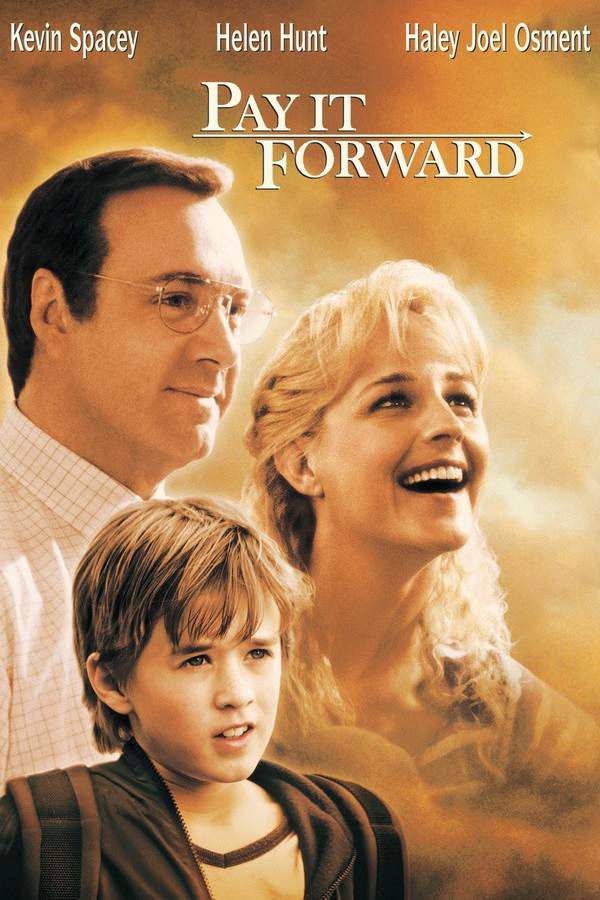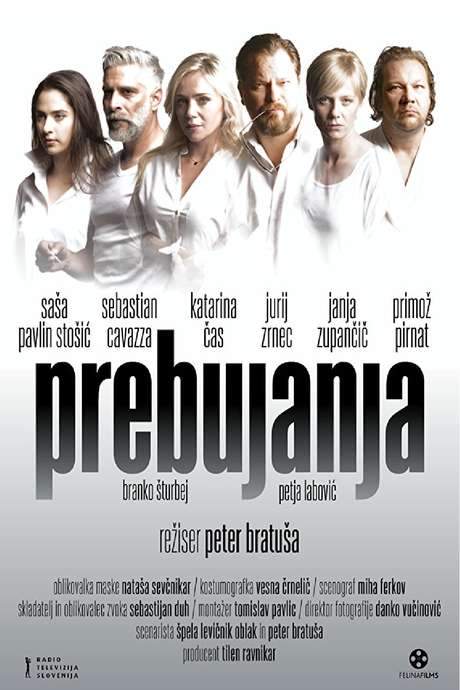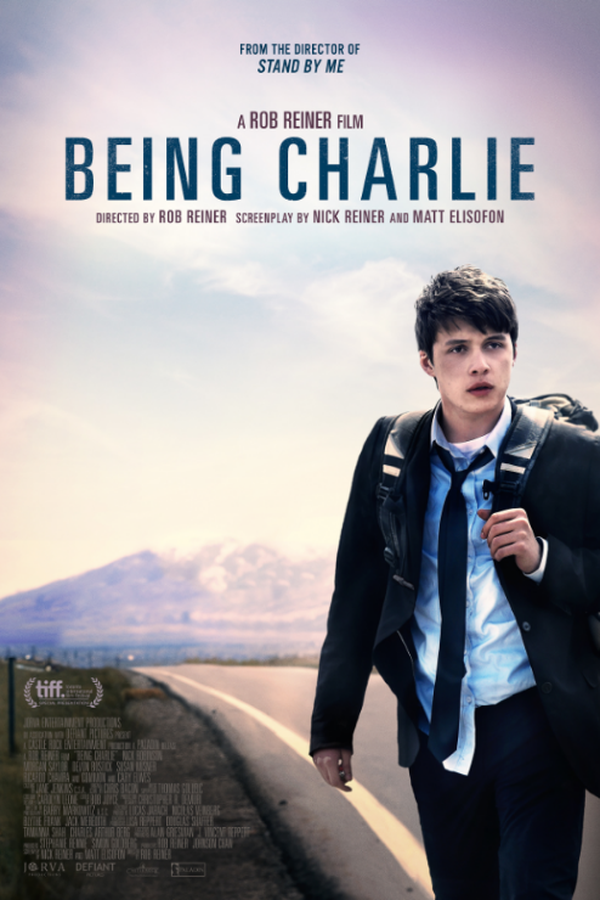
The Other Side of the Mountain
Year: 1975
Runtime: 103 mins
Language: English
Director: Larry Peerce
One year before the Olympics, 18‑year‑old skiing champion Jill Kinmont suffers a competition fall that leaves her paralysed. Her world shifts dramatically, and she confronts a grueling rehabilitation process, battling physical limitations and emotional loss as she strives to regain independence and rebuild her life.
Warning: spoilers below!
Haven’t seen The Other Side of the Mountain yet? This summary contains major spoilers. Bookmark the page, watch the movie, and come back for the full breakdown. If you're ready, scroll on and relive the story!
The Other Side of the Mountain (1975) – Full Plot Summary & Ending Explained
Read the complete plot breakdown of The Other Side of the Mountain (1975), including all key story events, major twists, and the ending explained in detail. Discover what really happened—and what it all means.
[Marilyn Hassett] as Jill Kinmont navigates life from a wheelchair, teaching at a Paiute/Shoshone school in Bishop, California, and building a warm, informal bond with her young students. On a field trip, they ask intimate questions about bathroom needs and whether she has a man in her life, revealing the curious mix of resilience and normalcy she strives to maintain.
Jill looks back to her high school ski days, where she skied alongside her best friend Audra Jo “A. J.” Nicholson, whom Belinda Montgomery plays, and their teammate Linda Meyers. They idolize Dick “Mad Dog” Buek, a fearless thrill-seeker on the slopes, and after reading about him in a magazine, Linda hints at a romance. A pivotal moment comes during a ski race when Jill meets Dick after a fall, and he offers a rough, essential lesson about surrendering to gravity rather than fighting it.
That summer, while Jill and A. J. help run their family’s Rockin’ K guest ranch, Jill watches A. J. suffer a sudden polio diagnosis that lands her in an iron lung, changing both their lives forever. Jill trains with renewed determination, feeling that she is racing for both herself and her friend’s future.
One day Jill and Linda spot Dick’s airplane near Dave McCoy’s home, and after Linda heads to school, Jill joins him on a daredevil flight. Dick, who has little faith in his own worth, confesses that he sees himself as unsuitable for anyone, which Deepens Jill’s resolve to test her own limits.
Back on the slopes that winter, Jill dominates regional slalom events and grows closer to Buddy Werner, her male counterpart on tour, even as romantic tension with Dick lingers. The Snow Cap in Alta, Utah, becomes a stage for both competition and romance as Jill and Buddy push toward a potential Olympic shot in Italy.
Before the crucial race, Dave walks Jill through the Snow Cap course and points out the dangerous Corkscrew turn. Jill notices Andrea “Andy” Mead Lawrence, her main rival, using the Corkscrew cautiously during practice, and she resolves to take it faster to leap ahead. In the final run, disaster strikes: Jill loses control, plunges off a cliff, and is rushed to a Salt Lake City hospital. The medical team diagnoses a broken neck and a severed spinal cord, meaning she will be a quadriplegic for life, though doctors speak of fusion rather than cure.
Her fight continues as she embraces rehabilitation, hoping for movement and a return to teaching. Buddy’s letters comfort her, but a magazine interview and a wave of self-pity darken her resolve. A loss of faith gives way to hard work in a Los Angeles rehab facility, where she regains limited sensation in her hands and arms, and begins to rebuild a sense of purpose.
In a telling moment, Jill stages a bold demonstration for Buddy: she sits in a wheelchair, reaches into a bowl, and with effort lifts a single potato chip into her mouth, a stark reminder that life will not return to the way it was. The scene marks a turning point in her relationship with Buddy and in her acceptance of her new reality. Dick arrives, helps her confront her condition, and, despite his affection, their paths diverge as he promises to build a life with her, a promise tested by distance and tragedy.
Dick later flies her home to Bishop in his plane, where he strafes the marching band to greet her, a dramatic gesture that her family partly welcomes and partly questions. While her mother embraces the support, her father remains wary. Dick’s absence, however, casts a long shadow when Jill later tours a reservation and witnesses deeper poverty and scarce resources for education. Jill’s resolve strengthens as she decides to pursue a teaching certificate and to work directly with the reservation’s children, despite scepticism from some who doubt paraplegics can teach.
Back at school, Jill confronts barriers from a skeptical dean who tells her paraplegics are unacceptable in teaching roles. Undeterred, she applies to the reservation, accepts Dick’s marriage proposal, and prepares for a birthday reunion he never attends. A phone call carries the news that Dick has died in a plane crash, a devastating blow that leaves Jill shattered.
In the present, an Indian student asks if she will ever marry, and Jill answers with a comforting line about luck—the kind of luck Dick once spoke of—before she wheels toward the school with her students at her side, continuing to teach and inspire despite everything she has endured.
“paraplegics are unacceptable.”
Last Updated: October 05, 2025 at 12:23
Explore Movie Threads
Discover curated groups of movies connected by mood, themes, and story style. Browse collections built around emotion, atmosphere, and narrative focus to easily find films that match what you feel like watching right now.
Movies about resilient human spirit like The Other Side of the Mountain
Stories where profound loss is met with quiet, determined hope.Discover movies like The Other Side of the Mountain that showcase the bittersweet triumphs of the human spirit. If you were moved by Jill Kinmont's journey of rebuilding her life after tragedy, you'll find similar stories of overcoming adversity, finding new purpose, and enduring hope in the face of immense challenges.
Narrative Summary
Narratives in this thread typically follow a linear, character-driven arc. A protagonist experiences a sudden, life-shattering event that forces them to confront a new reality. The central conflict is their internal and external struggle to adapt, find meaning, and achieve a form of victory that is deeply intertwined with their loss, resulting in a conclusion that acknowledges both pain and progress.
Why These Movies?
Movies are grouped here for their shared emotional journey: a heavy, bittersweet tone centered on resilience. They feature a steady, introspective pacing that allows for deep character connection and focus on the psychological and physical process of overcoming a devastating setback.
Sobering character studies like The Other Side of the Mountain
Character studies where a single moment changes everything.Explore a collection of introspective dramas similar to The Other Side of the Mountain. If you appreciated the film's steady, reflective look at adapting to a new life after an accident, these movies deliver powerful character studies about coping with sudden change, loss, and the slow process of emotional acceptance.
Narrative Summary
The narrative pattern involves an inciting incident—often an accident, diagnosis, or loss—that irrevocably shatters the protagonist's world. The bulk of the story is a linear exploration of their adjustment, dealing with practical challenges, societal attitudes, and profound grief. The conflict is primarily internal, a battle for acceptance and the redefinition of self, leading to an ending that may not be conventionally happy but represents a form of hard-earned peace.
Why These Movies?
These films share a specific mood and pacing: they are melancholic, reflective, and sobering, with a steady rhythm that mirrors the often-grueling reality of processing a major life change. They possess a heavy emotional weight and avoid sensationalism, preferring an honest, grounded approach to their subject matter.
Unlock the Full Story of The Other Side of the Mountain
Don't stop at just watching — explore The Other Side of the Mountain in full detail. From the complete plot summary and scene-by-scene timeline to character breakdowns, thematic analysis, and a deep dive into the ending — every page helps you truly understand what The Other Side of the Mountain is all about. Plus, discover what's next after the movie.
The Other Side of the Mountain Timeline
Track the full timeline of The Other Side of the Mountain with every major event arranged chronologically. Perfect for decoding non-linear storytelling, flashbacks, or parallel narratives with a clear scene-by-scene breakdown.

Characters, Settings & Themes in The Other Side of the Mountain
Discover the characters, locations, and core themes that shape The Other Side of the Mountain. Get insights into symbolic elements, setting significance, and deeper narrative meaning — ideal for thematic analysis and movie breakdowns.

More About The Other Side of the Mountain
Visit What's After the Movie to explore more about The Other Side of the Mountain: box office results, cast and crew info, production details, post-credit scenes, and external links — all in one place for movie fans and researchers.



























